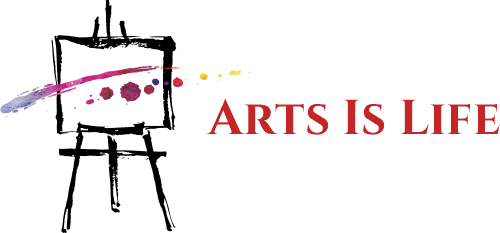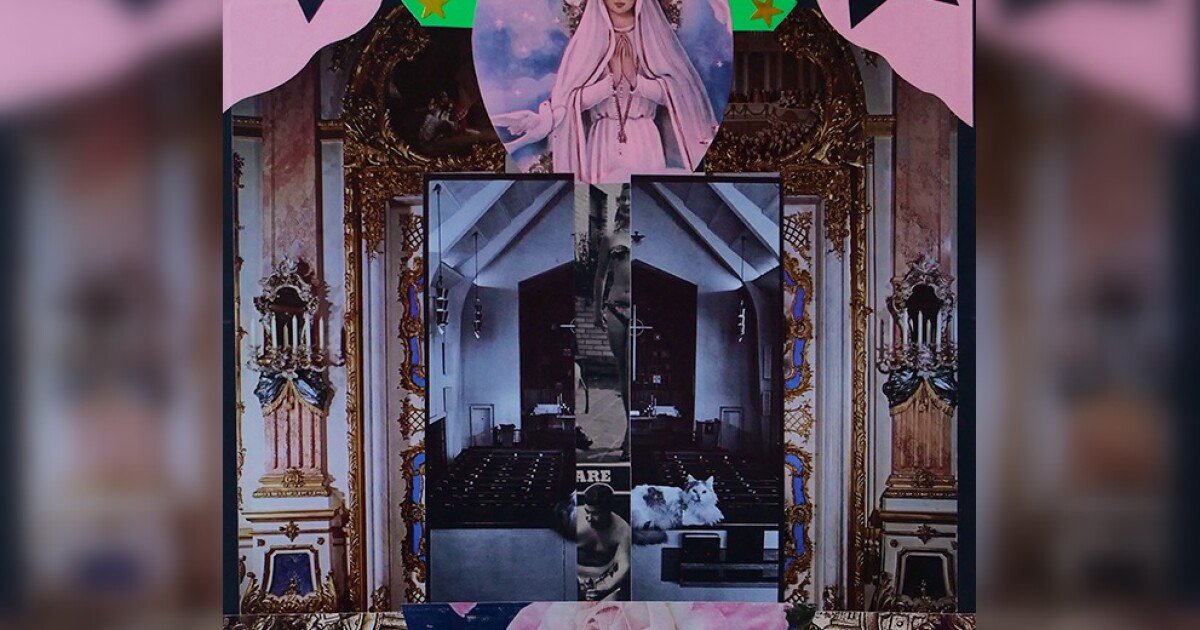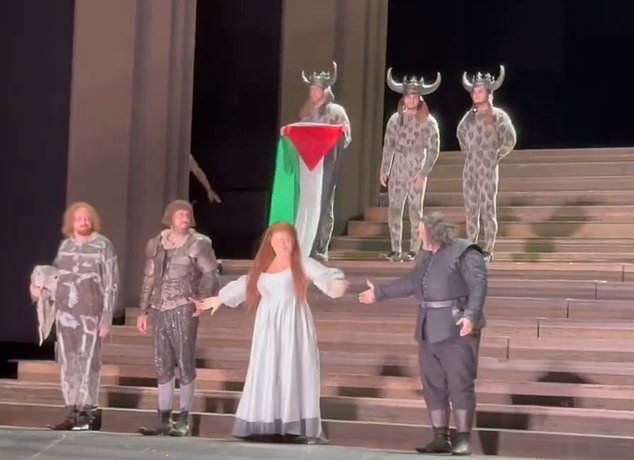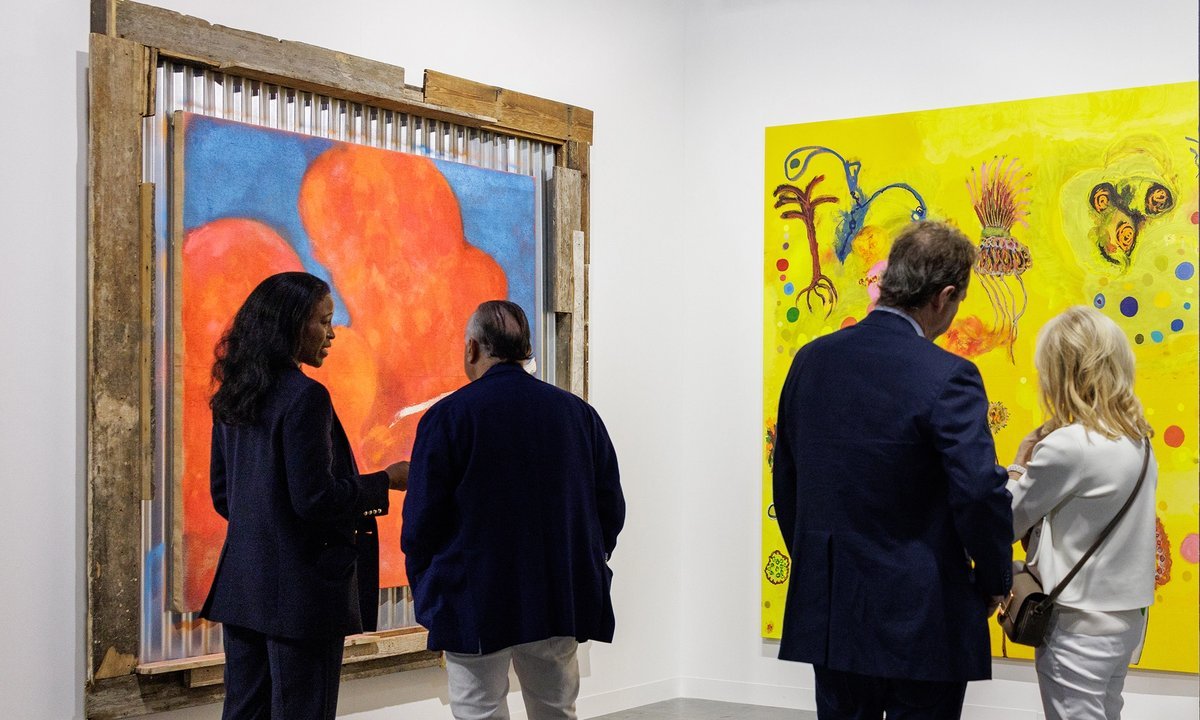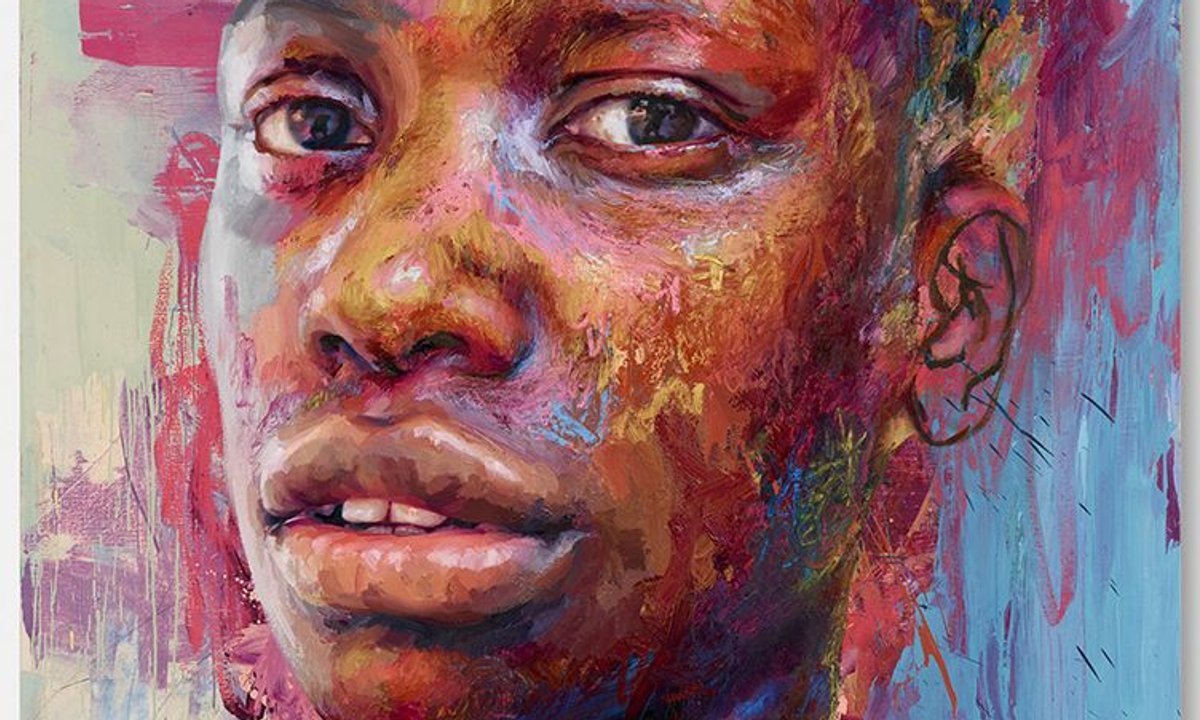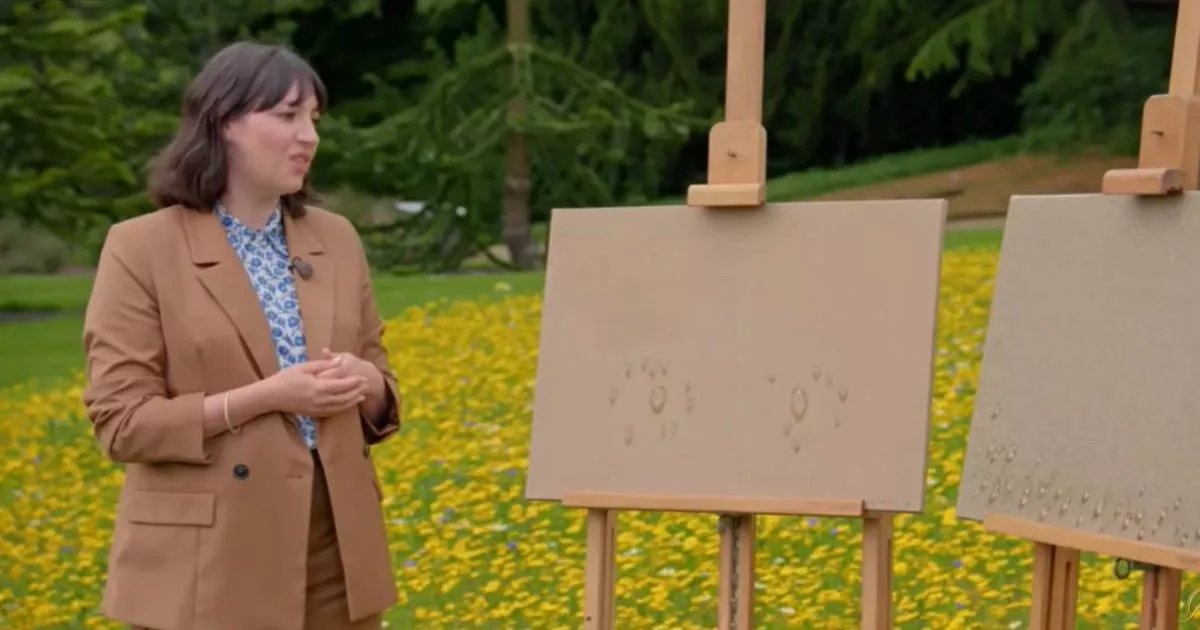Last month’s announcement that Art Basel would launch a new fair in Doha didn’t shock the art world; it simply confirmed that the MENA region is rapidly asserting its place in the future of the global art and culture system. But today’s news from Art Basel signals something far more radical. The fair isn’t just expanding; it’s attempting to rewrite the rules of the art fair industry. And the timing is telling, arriving just as the cracks in the current model, long brushed off as fair fatigue, begin to resemble a structural unraveling. The latest casualty of the unsustainability? L.A. dealer Tim Blum, who, after two decades, announced he’s “sunsetting” his gallery—another sign that the old system and its values can no longer withstand today’s mounting pressures.
The inaugural edition of Art Basel Qatar will break from the traditional booth model in favor of an open-ended exhibition format that prioritizes curatorial vision over branding and name recognition. In a significant first for the art fair world, an artist will lead this curatorial direction. Egyptian-born Wael Shawky has been appointed artistic director for the new fair. He will collaborate with Vincenzo de Bellis, Art Basel’s Chief Artistic Officer and global director of fairs, on selecting participating galleries, alongside a selection committee.
Set to take place at the M7 creative hub in the heart of Doha’s Design District from February 5 to 7, 2026, with preview days on February 3 and 4, Art Basel Qatar is positioning itself as a hybrid—part boutique fair with a tightly curated roster of invited galleries, part biennial-style exhibition organized around a cohesive curatorial theme. This model further dissolves the boundaries between fair, biennial and institutional exhibition—three formats already merging across the commercial and museum spheres as trade and curatorial discourse increasingly converge.
SEE ALSO: How the Louvre Abu Dhabi’s Museographic Approach and the UAE’s Soft Power Strategy Line Up
For its inaugural edition, participating galleries and artists will respond to a timely and resonant theme: the notion of “Becoming.” With this framework, Art Basel offers a meditation on humanity’s continuous transformation and the systems that shape how we live, believe and generate meaning.
Within this curatorial lens, Art Basel approaches the Gulf as a platform for industry innovation and a living palimpsest, where ancestral knowledge and oral traditions collide with digital networks and global cultural flows. As the region positions itself as a key multicultural hub for finance and the arts, ancient trade routes are recast as contemporary circuits of capital and creativity. As the curatorial statement describes it, in this layered terrain where tradition and innovation meet, art becomes “a vital conduit, translating systemic shifts into form,” acting “not only as a witness to history but as an active force in the continual redefinition of human identity.”


Shawky, who recently earned critical acclaim for his video work Drama 1882, representing Egypt at the 60th Venice Biennale in 2024, will likely bring the same multidisciplinary sensibility that defines his practice to Art Basel Qatar. Drama 1882 exemplified his ability to interlace music, performance, video and visual art into a layered storytelling structure that unpacks the complexities of regional history while speaking to global audiences. That narrative agility and his deep knowledge of the region’s art scene will be essential in this new and ambitious role. In his statement to the press, Shawky emphasized the unique opportunity this format offers to explore artistic practices from across the MENA region and beyond, within a context that prioritizes research, narrative and experimentation. “This is extremely meaningful to me,” he said in a statement. “I look forward to collaborating with galleries and artists to help shape a platform that speaks to the complexity and richness of the region while remaining globally relevant.”
For de Bellis, rethinking the art fair model with Art Basel Qatar means placing artistic intention at the center while responding to the market’s fast-shifting realities. This format, he told Observer, supports galleries in presenting artists’ work with greater depth and resonance, acknowledging that dealers and collectors are increasingly seeking more meaningful ways to engage with the art on view, as opposed to the often sterile and high-pressure environment of conventional fairs. “With Wael bringing his deep regional insight and a multidisciplinary approach,” he added, “This format will allow us to present art in a way that connects and resonates deeply with our existing audience, and at the same time create pathways for collectors and art lovers that are new to our platform.”
Doha offers the ideal backdrop for this evolution—one where cultural ambition meets layered historical narratives and experimentation is not only welcomed but already embedded within institutional frameworks. And de Bellis brings valuable insight to the new model from his role as artistic director of Panorama, a nomadic contemporary art exhibition organized by Italics, a consortium of Italian galleries. Each year, Panorama takes over a different city—often one that is culturally rich but underrecognized—creating a city-wide exhibition that encourages deep interaction between artworks and the local architectural and historical fabric. Much like the new Art Basel in Doha, Panorama operates at the intersection of the commercial and the curatorial: galleries contribute works and artists within a curated framework, and while sales aren’t the primary focus, they do occur.
The format tested through Panorama—and now adopted by Art Basel Qatar—allows galleries and artists to engage collectors in ways that move beyond the transactional, activating their programs in non-traditional, high-concept settings. The result is a model that generates cultural and economic value for local communities, fusing art industry mechanics with heritage promotion, cultural policy and broader regional diplomacy.
That ambition to conjoin culturally led development with art-market infrastructure is far from accidental. Art Basel’s Doha edition is a partnership between MCH Group, Qatar Sports Investments and QC+, a strategic alliance that merges art-world innovation with broader political and economic agendas. For a country like Qatar, where culture is a cornerstone of national development and soft power strategy, the stakes—and the potential—are considerable.
